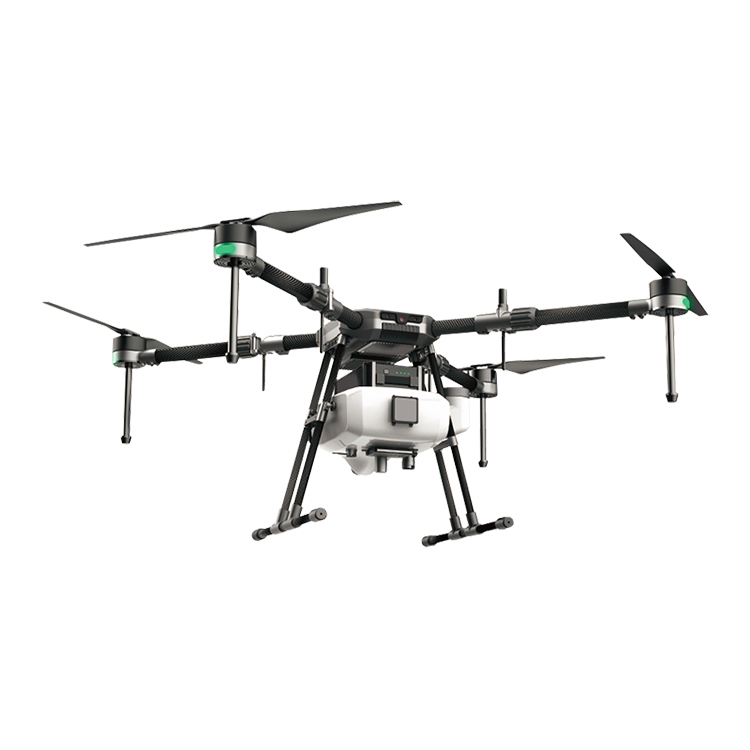What is Precision Agriculture

What is Precision Agriculture?
Agriculture, in general, has undergone a similar evolution. Technology has become an indispensable part of doing business for every farmer, ag retailer and agronomist. In fact, a recent study by Hexa Reports suggests precision agriculture is set to grow to $43.4 billion by 2025. For a concept that was born in the 1990s, that’s quite impressive.
The increasing adoption rate of technology in agriculture shouldn’t be surprising to anyone. Farming is highly land and labor-intensive. Farmers are driven to use technology to increase efficiency and manage costs.
But what exactly does the buzz phrase precision agriculture mean?
Precision agriculture is also known as precision ag or precision farming. Perhaps the easiest way to understand precision ag is to think of it as everything that makes the practice of farming more accurate and controlled when it comes to the growing of crops and raising livestock. A key component of this farm management approach is the use of information technology and a wide array of items such as GPS guidance, control systems, sensors, robotics, drones, autonomous vehicles, variable rate technology, GPS-based soil sampling, automated hardware, telematics, and software.
The First Wave of Precision Agriculture
Precision agriculture was born with the introduction of GPS guidance for tractors in the early 1990s, and the adoption of this technology is now so widespread globally that it’s probably the most commonly-used example of precision ag today. A GPS-connected controller in a farmer’s tractor automatically steers the equipment based on the coordinates of a field. This reduces steering errors by drivers and therefore any overlap passes on the field. In turn, this results in less wasted seed, fertilizer, fuel, and time.
Precision Agronomics
Precision agronomics is another important term related to the combining of methodology with technology. At its core, it’s about providing more accurate farming techniques for planting and growing crops. Precision agronomics can involve any of the following elements:
Variable rate technology (VRT) – VRT refers to any technology that enables the variable application of inputs and allows farmers to control the amount of inputs they apply in a specific location. The basic components of this technology include a computer, software, a controller and a differential global positioning system (DGPS). There are three basic approaches to using VRT – map-based, sensor-based and manual. The adoption of variable rate technology is currently estimated at 15% in North America and is expected to continue to grow rapidly over the next five years.
GPS soil sampling – Testing a field’s soil reveals available nutrients, pH level, and a range of other data that is important for making informed and profitable decisions. In essence, soil sampling allows growers to consider productivity differences within a field and formulate a plan that takes these differences into account. Collection and sampling services that are worth the effort will allow the data to be used for input for variable rate applications for optimizing seeding and fertilizer.
Computer-based applications – Computer applications can be used to create precise farm plans, field maps, crop scouting and yield maps. This, in turn, allows for the more precise application of inputs such as pesticides, herbicides, and fertilizers, thus helping to reduce expenses, produce higher yields and create a more environmentally-friendly operation.
Remote sensing technology – Remote sensing technology has been in use in agriculture since the late 1960s. It can be an invaluable tool when it comes to monitoring and managing land, water, and other resources.
At its most basic level, precision agronomics takes the role of an agronomist and helps make the methods they use more accurate and scalable.
The primary aim of precision agriculture and precision agronomics is to ensure profitability, efficiency, and sustainability while protecting the environment.
Advocating for Excellence
Precision agriculture innovation continues, and more and more farms are adopting available technology and practices. Like any other industry, we need more advocates to drive greater adoption and hence greater efficiency.
Where Do We Go from Here?
As growers adopt precision agriculture, new technologies will continue to emerge. The next big advancement will be the use of artificial intelligence. While AI will never be able to replicate the kind of complex decisions farmers are required to make on regular basis, it could very well be used to help make those decisions easier.
I hope this provides some insight into precision agriculture today and the continued important role it will play in the future. Expect industry and technology companies to continue to explore the possibilities posed by the marriage of technology with the needs of the ag producers to produce enough food to feed the world’s projected 9 billion people by 2050.
4 rotors plant protection UAV 10KGS agriculture drone sprayer
Intelligent Agriculture is the trend of all over the world. And the intelligent drone act as a important role in this world plan.
Agriculture spraying drone can replace the traditional pesticide sprayer and it's speed is 40times of the traditional sprayer. It will save 90% water and 30%-40% pesticide. Small droplet diameter make the pesticide more well-distribute and improve the effect. At the same time, it will make the people faraway from the pesticide and reduce the pesticide remain of the crop.


